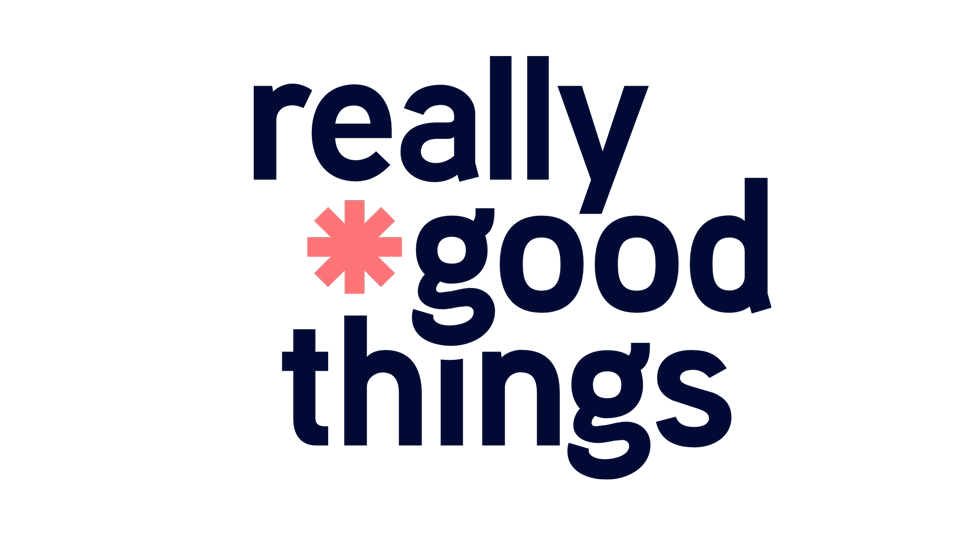How should companies be measuring their social impact?
So, what really is this social impact business? And how should companies be measuring the impact they make?
Sarah Klaveness, Director of Really Good Things, first worked in social impact in 2003 – the start of a 20-year career enabling companies to put social impact at the heart of their business growth and bidding strategy.
In this blog, Sarah explores the importance for companies in measuring social impact.
Back in the day, around 2005, when I worked for one of the leaders in this emerging world of corporate community benefit – Balfour Beatty Plc - social impact wasn’t even a term we used. CSR yes, community engagement yes, ESG and social impact – no.
But, whatever the latest term, in 2023 there is no doubt that people want (and even demand) more from the businesses they work with and buy from.
But what really is social impact?
At its simplest level, social impact is a significant, positive change that addresses a pressing social challenge. It is the effect on people and communities that happens as a result of what you do – or don’t do – and that’s the same whatever the sector you work in. And whether you’re a huge household name brand, a start-up, or an SME.
It’s also not a catch-all term either, because it’s all very complex, and in 2023 social impact – or should it be social value - has certainly become one of those phrases that we see everywhere.
So, when companies are focused on the day job of winning tenders and clients, delivering on contracts, balancing wanting to appear competitive on price alongside spending time investing in local communities – just how can a company communicate and evidence that they are ‘doing it properly’, and that social impact to them means far more than just something that is required to meet the 25% social impact weighting on a key tender.
So, what should my company be measuring?
It’s about gathering the evidence that proves your social impact work has achieved more than giving a local charity a shiny new painted fence.
Right at the start of any social impact discussion you’re having, you need to be asking yourself how you can collect the right evidence that tells the story of how your work has made a real difference to the lives of people, and the communities they live in. A lasting difference.
You should be looking to collect:
Numbers (data is your best friend)
Stories and experiences
So, what ultimately are we looking to show?
If we can sum it up in one sentence, it’s about creating a narrative that shows cause and effect.
It’s about understanding whether your project has made a difference in people’s lives. If yes, what is the change? If not, why not?
Activity
The activity is your project. For example, this could be:
We have launched a 10-week skills programme to support long-term unemployed adults to spend time in our team, learning new skills and gaining practical experience. Each person on the programme will also take part in tailored mentoring.
Output
In this example, the output could be:
In its first cohort, our skills programme engaged 20 adults from diverse backgrounds, all of whom completed the 10 week course, and received 12 hours of one-to-one mentoring
Outcome
The outcome is how the programme changed things in reality for the people who took part - it is the change that occurs as a result of your action. In this example, an outcome could be:
80% of the people who completed our programme tell us that they now feel significantly more confident in an interview setting.
or
A third of the people who completed our programme have now secured paid employment.
A further outcome could be based around the feedback that you gather from the people who completed the programme, for example:
“Because of the confidence I gained on the programme, I felt able to apply for a job in an area I’d have never previously considered, and I surprised myself by being offered the role. In my new job I feel part of a community, and I’m learning something new every day. I really do feel happier.”
And then consider how you can show the scale across a period of time:
50% of the people who completed our programme in the past 2 years have gone on to gain paid employment within the first year, and they have stayed in their role for at least 6 months.
Other elements can be more complex to quantify but are crucial to underpin your story. This can include how your company’s social impact approach has led to increased community connectedness, challenged perceptions, or even improved health and wellbeing.
But once you put a robust plan in place to collect, assess, and review your company’s social impact data, you will be better placed to develop an evidence-led narrative. And then you can use this to demonstrate in tenders, and to your internal teams, the real value of your social impact, and ensure that your hard work really is creating tangible and lasting benefits for people and places.
Sarah Klaveness
Director, Really Good Things
Really Good Things is a unique consultancy. We help companies to play a greater role in social change, working with companies that lead with social value, innovation, and sustainability. If you’d like to discuss how we can help you to put social value at the heart of your company culture, please email sarah@reallygoodthings.co.uk


